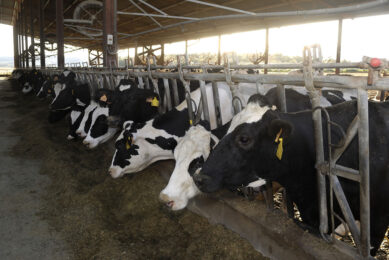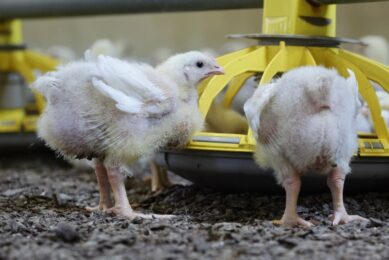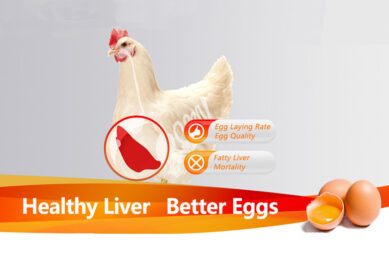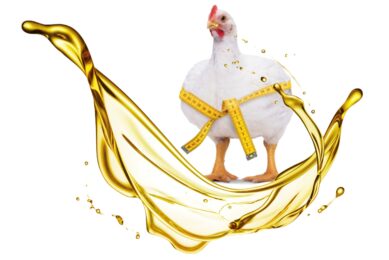Dairy: Bile acids in feed to relieve fatty liver and ketosis
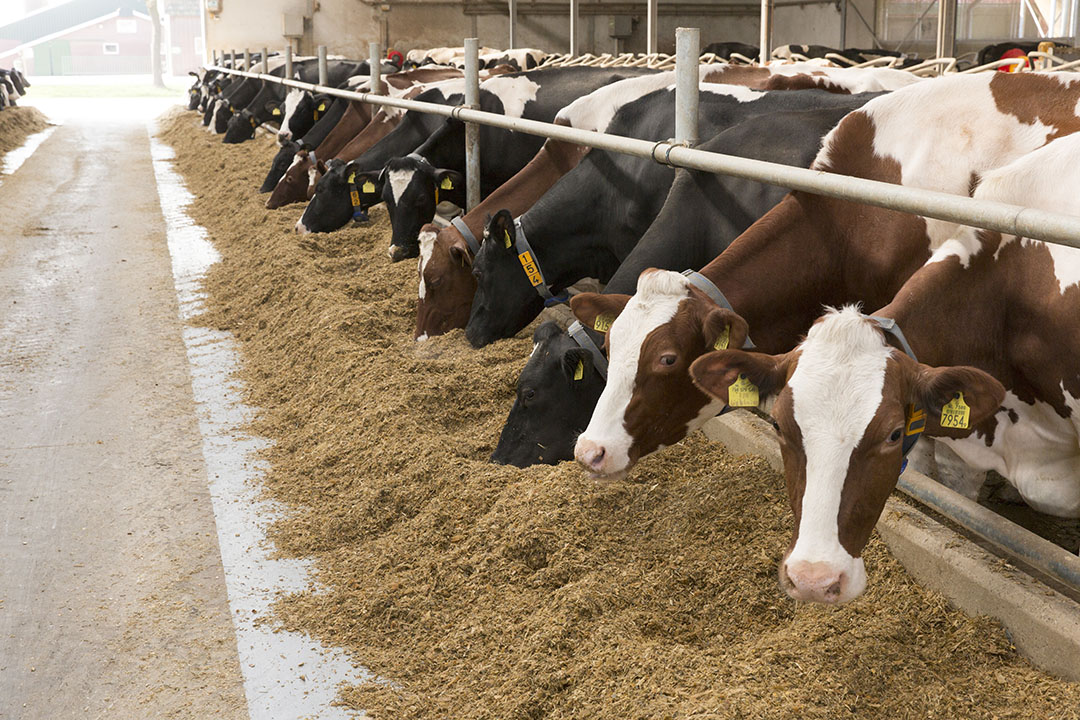
Fatty liver and ketosis are nutritional metabolic diseases that high-yielding cows are are prone to get. The addition of bile acids to feed can prevent and treat fatty liver, reduce the incidence of ketosis and increase milk production.
Fatty liver and ketosis during the perinatal period are mainly caused by the accumulation of a large amount of ketone bodies caused by a disorder of the fat metabolism in the liver. There is a high incidence of these conditions that can cause great harm; restoring liver health is the only way to achieve a complete cure.
Characteristics dairy cow perinatal period
The perinatal period is the time from 21 days before calving to 21 days after delivery. During this period, a series of changes occur in dairy cows’ nutritional needs, physiological condition, and body metabolism, resulting in a high incidence of nutritional metabolic diseases.
Surveys show that about 60% of cows have fatty liver, 5-10% of which are severe fatty liver, and 30-40% are moderate fatty liver, both accompanied a high incidence of ketosis. Fatty liver and ketosis seriously affect the health and lactation of perinatal cows as well as calf growth.
The mechanism of fatty liver and ketosis
In late pregnancy, due to the rapid development of the foetus and the need for mammary gland development, lactation and childbirth, cows need sufficient feed to meet their energy and sugar requirements. However, because of the insufficient intake caused by cow food degeneration and reduced rumen volume, a negative energy balance can occur with insufficient sugar precursors.
In that case, cows can only use body fat, so a large amount of non-esterified fatty acids enters the liver. There are 3 things that can happen with non-esterified fatty acids:
- Oxidation for energy supply;
- Re-polymerisation into fat;
- Ketosis.
For dairy cows, the lipoprotein lipase and liver esterase activities that break down fat are particularly low, and therefore cannot effectively decompose the fat deposits in the liver. At the same time, the amount of very low density lipoprotein (VLDL) secreted by the cow is extremely low, and the fats cannot be transported out of the liver in a timely fashion, causing fat deposits in the liver (fatty liver).
In addition, fatty liver affects the normal functions of the liver, and results in ketones not being transported out in time, which leads to ketosis. This is why fatty liver and ketosis usually occur together.
Bile acids strengthen liver health and increase milk production
Bile acids are a substance with various biological activities, which can be used to ensure the health of the cow liver.
- First, they relieve the burden on the liver, so that non-esterified fatty acids and sugar precursors can be converted into energy in a timely manner, which solves the problem of a negative energy balance. When the liver is healthy, dairy cows can eat more, better absorb the nutrients in the feed and the digestibility of the feed can be increased. As a result milk production will also increase.
- Second, bile acids cause hepatocytes to secrete VLDL and transport fat deposits in the liver in time to prevent a large amount of fat accumulation in the liver.
- Third, once the burden on the liver is relieved, ketones can be transported out, which prevents ketosis developing. See Table 1: after adding bile acids, the cure rates of abnormal protein metabolism, fat metabolism, carbohydrate metabolism and mineral metabolism are 75%, 80%, 80% and 71.4%, respectively, and the cure rate of liver dysfunction is 100%. In the control group, the metabolism of nutrients and liver dysfunction were not improved.
Table 2 shows that the milk yield of the treatment group increased by 19.9% compared with the control group.
Conclusion
Bile acids are a feed additive that can be used to protect the liver and intestines, which can effectively guarantee the health of the cow’s energy engine: the liver. Bile acids not only protect cows from metabolic diseases such as fatty liver and ketosis, but also significantly increase milk production.
Author: Dr Li Jinbao, Shandong Longchang



